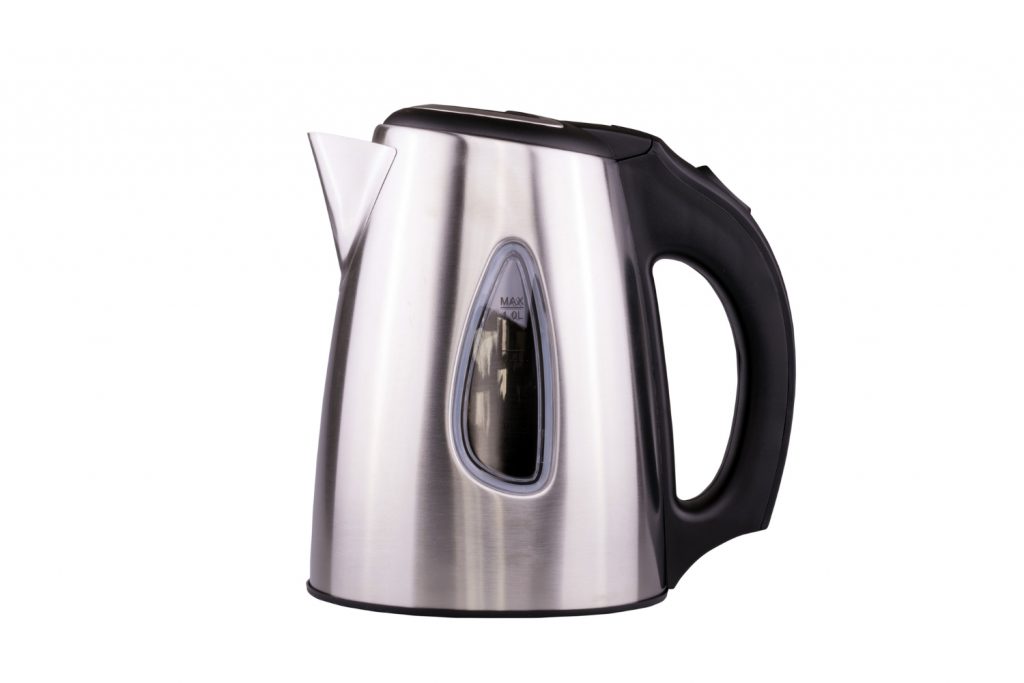Heating water comprises one of the most significant chunks of energy and gas expenses in households in the East and West. This brings us to the question – does the induction kettle outperform the electric kettle? Which one will provide the most savings to your household in the long term?
Which Is More Energy Efficient Electric Kettle or Induction Stove Top Kettle?
Boiling water for coffee, tea, or cooking is essential. No household can do without heating water, and unfortunately, water is one of the hardest things to bring up to a specific temperature. The higher the volume of water, the longer it takes to maintain the water temperature at a certain level.
Some of you may be used to just using an induction kettle, while others may already be thinking of switching over to a conventional electric kettle because they’re portable and seem to heat water faster. If we put these devices side by side, the induction kettle would have at least a 5% advantage in terms of efficiency.
Induction stoves have a heat or energy efficiency of 85%-95%, while electric kettles have a baseline efficiency of about 80%. The efficiency rating changes depending on the manufacturer and the type of technology used to form the heating element of the electric kettle.
The least expensive electric kettles will not be equipped with state-of-the-art components and will largely depend on mechanical switches, fuses, and sensors. On the other hand, the more costly electric kettles are built for both effectiveness and efficiency.
Induction stoves, on the other hand, are considered the kings of electric stoves. This is because they use a different approach to heating metal, and that system allows the heat to concentrate best on the cookware, including the induction kettle.
Why is the induction kettle most suitable?
The induction kettle may be the winner of today’s energy and heat efficiency challenge because the electromagnetic technology used in induction stoves directly connects the heat to the metal. This is a significant difference because nearly nothing is lost to air or the changes in ambient temperature. Another point of comparison would be using a regular kettle on a coil-type electric stove. As you can easily see, the coil-type stove’s heating element is exposed to the air. Therefore, exposed heating elements have to maintain a constant temperature while trying to transfer heat to the cookware.
What about the gas stove?
The gas stove cannot be compared to the induction stove nor the electric kettle. However, if we take the heat loss by using an open flame while boiling water, the conventional gas-heated kettle falls into third place under the electric kettle because it only has 70% efficiency.
Reminder: Some people like to offset their gas or energy consumption by buying fancy appliances. However, note that no matter how efficient the device is, you will still end up with a higher bill if you don’t conserve energy or don’t do things efficiently. For example, heating small quantities of water for tea is inefficient. You are better off heating a liter at a time and placing the hot water in a vacuum-top thermos bottle. Getting water to reach a specific temperature takes a lot of energy. If your electric kettle or induction kettle has to bring cold water to boil repeatedly, then don’t expect miracles with your energy bills.

How Much Energy Does an Electric Kettle Use?
Electric kettles typically require 1.5 kWh per hour of use. This is equivalent to roughly $0.18 per hour. However, some factors can affect the final consumption of the electric kettle. For example, if you like things big, then a more significant appliance would require more energy.
The usage frequency is also a significant factor. Repeating the process several times per day and leaving your electric kettle to automatic warm mode can also increase your consumption. Generally speaking, leaving any appliance in automatic mode means you are still consuming a percentage of the peak power usage of that appliance.
Still, one of the main benefits of using an electric kettle is convenience. You don’t have to grab a big kettle anymore and fire up the induction stove. Instead, you pour water and let the electric kettle do its thing.
However, things can get problematic if you are in a household with many members. If you come from a big family and everyone likes drinking tea or coffee regularly, that means the electric kettle will be used several times per day. The minutes add up, as well as the automatic standby time for the electric kettle. If this is the situation at home, you may have no choice but to encourage other family members to use the induction kettle more often. That way, you can save on energy costs, and everyone gets their coffee and tea.
Is An Induction Kettle More Efficient?
An induction kettle may hold more hope for cost savings in the long term because modern induction stovetops are built to consume less power than conventional electric stovetops. Electric stovetops, like electric ovens, are known for being behemoths of energy wastage.
Fortunately, if you have already invested in an induction kettle (and the stovetop, of course), you can expect reduced energy consumption. According to experts, induction stovetops need far less power to operate, and the mechanism that allows these stovetops to reach peak temperature is also more efficient. Higher efficiency equates to maximized power consumption and lower wastage.
Believe it or not, up to 90% of all the heat generated is directed toward the induction kettle. If we were to compare the heating source with an electric kettle, which has its own heating mechanism, the electric kettle holds its own at 80% efficiency (coming up second to the induction kettle), while the microwave oven is only 50% efficient. Electric stovetops, on the other hand, are marked at mostly 70% efficiency only. Microwave ovens are the least efficient, but they remain a helpful appliance in your kitchen because they can heat food without fire and quickly at that.

